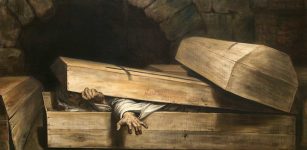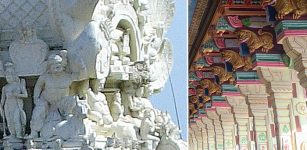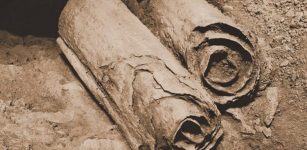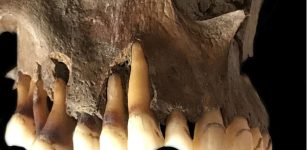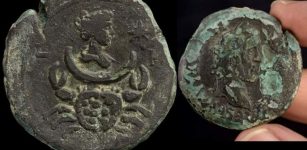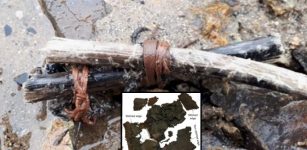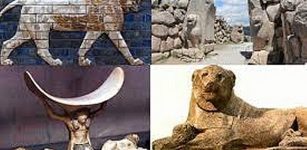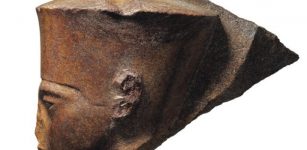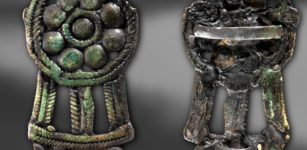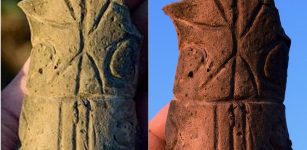Rare Medieval Hall Found Near Norman Castle At Skipsea, UK
Jan Bartek - AncientPages.com - A team of archaeologists from the University of York has returned to Skipsea in East Yorkshire to excavate the remains of a medieval timber hall discovered near the site of a Norman castle.
Skipsea, a village in the East Riding of Yorkshire, was once home to three interconnected freshwater lakes: Skipsea Bail Mere, Skipsea Low Mere, and Skipsea Withow Mere. These lakes were part of a network of tributaries linked to the River Hull. Their origins can be traced back to the Mesolithic period, approximately 10,000 years ago, and they persisted until the medieval era.
East Riding of Yorkshire, England. Site of an 11th-century Norman castle. Credit: JThomas - CC BY-SA 2.0
These ancient lakes have been a constant source of attraction, drawing people throughout their existence. Their remnants continue to captivate archaeologists, antiquarians, landowners, and locals alike. Mesolithic stone tools, animal remains, and bone harpoons have been unearthed from these sites, providing insights into the lives of prehistoric inhabitants. Additionally, evidence of Neolithic and Bronze Age structures and trackways have been discovered along the edges of these former lakes, offering further glimpses into the region's rich history.
This excavation follows a significant discovery made nearly a decade ago by archaeologists Dr. Jim Leary and Dr. Elaine Jamieson, who uncovered that a massive mound measuring 85 meters in diameter and 13 meters high was of Iron Age origin, making it a unique find in Britain at the time. Initially believed to be a castle motte, radiocarbon dating revealed that the earthen mound predated the Norman Conquest by 1,500 years, highlighting the rich heritage of Skipsea.
Recent archaeological excavations in the area surrounding the motte, the only remaining structure, have uncovered a significant discovery. A long timber hall has been unearthed, potentially predating the castle itself. Measuring an impressive 5 meters wide and 16 meters long, this substantial structure was encompassed by a ditched enclosure.
The building's site is clearly surrounded by post holes, which outline its size and shape. However, further excavations scheduled for this month are anticipated to shed more light on its importance. Given the hall's substantial dimensions, it likely served as a prominent location where lords greeted visitors and hosted feasts, reflecting its significance within the community.
"The unearthing of timber buildings dating to the period between the collapse of the Roman Empire and the arrival of the Vikings, a time often referred to as the Dark Ages, is an incredibly rare and significant find.
Archaeologists and first year archaeology students will be excavating the site throughout May. Credit: University of York
The discovery at Skipsea is particularly interesting because we know that the area was in the hands of the last Anglo-Saxon King of England, Harald Godwinson. Then later, after the Norman Conquest of 1066, it became the estate center of the Lords of Holderness," Dr. Jim Leary, from the University of York's Department of Archaeology, said in a press release.
According to Dr. Elaine Jamieson from the University of York's Department of Archaeology, the era in question was marked by a general absence of written records and witnessed the rise and fall of local warlords operating independently from Roman influence or control. The discovery of these structures offers a rare glimpse into this lesser-known period of history, highlighting the significance and excitement surrounding the ongoing excavations.
See also: More Archaeology News
Archaeologists will continue excavating the site throughout May, and first-year archaeology students from the University of York will join the team to uncover more of its historical narrative.
Written by Jan Bartek - AncientPages.com Staff Writer



